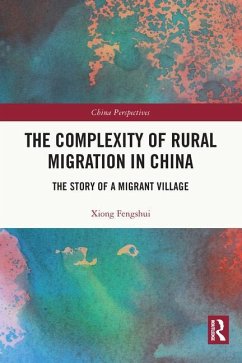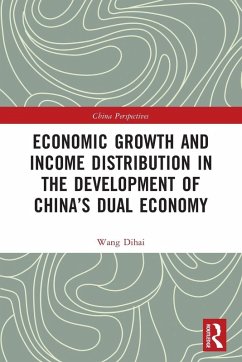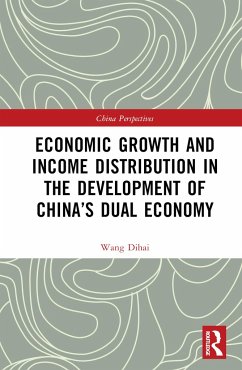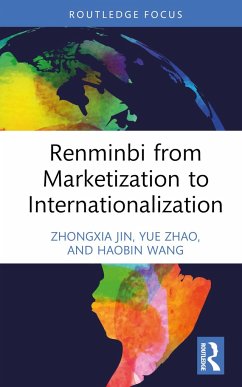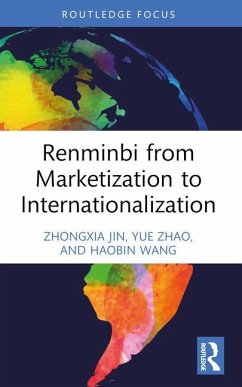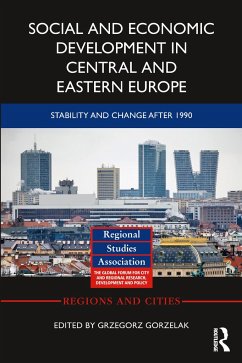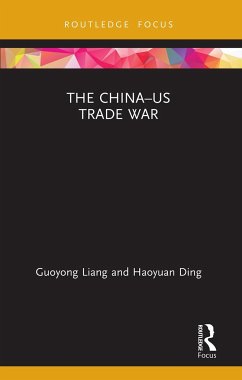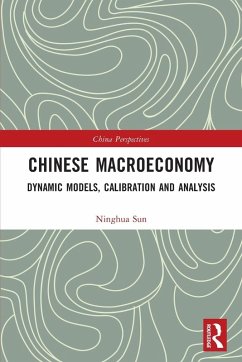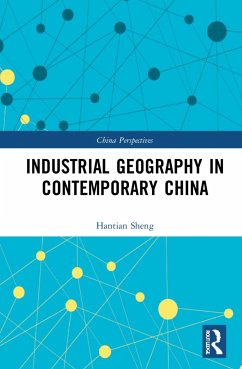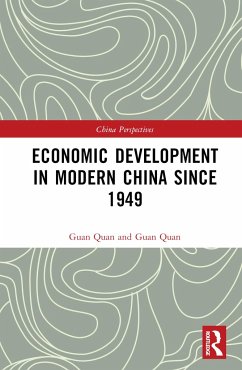
A Study of Labor Mobility in China
Versandkostenfrei!
Versandfertig in 6-10 Tagen
45,99 €
inkl. MwSt.
Weitere Ausgaben:

PAYBACK Punkte
23 °P sammeln!
The title investigates rural labor mobility in China since 2003, an important phenomenon in the process of Chinese economic transition, influential in economic growth at the macro level and individual wellbeing at the micro level.Based on empirical analysis, the study identifies and evaluates the characteristics, driving forces and impact of the migration and mobility of the rural labor force. The following factors are considered to impact rural workers' mobility decisions and are thoroughly discussed in each chapter: (1) convergence in the level of regional income, (2) industrial structure an...
The title investigates rural labor mobility in China since 2003, an important phenomenon in the process of Chinese economic transition, influential in economic growth at the macro level and individual wellbeing at the micro level.
Based on empirical analysis, the study identifies and evaluates the characteristics, driving forces and impact of the migration and mobility of the rural labor force. The following factors are considered to impact rural workers' mobility decisions and are thoroughly discussed in each chapter: (1) convergence in the level of regional income, (2) industrial structure and the age structure of the workforce, (3) the household registration system, (4) the income gap, (5) the issue of children that are left behind, (6) the health status of rural migrant workers and (7) their social networks. Drawing on new research methods, the final chapter reassesses the impact of rural parents' migration to the city and the overall wellbeing of their children left behind at home, challenging the well-accepted view that there is a negative correlation between the two.
The book will appeal to scholars and students interested in labor economics, Chinese economy, sociology, demography, migrant population and especially labor mobility in China.
Based on empirical analysis, the study identifies and evaluates the characteristics, driving forces and impact of the migration and mobility of the rural labor force. The following factors are considered to impact rural workers' mobility decisions and are thoroughly discussed in each chapter: (1) convergence in the level of regional income, (2) industrial structure and the age structure of the workforce, (3) the household registration system, (4) the income gap, (5) the issue of children that are left behind, (6) the health status of rural migrant workers and (7) their social networks. Drawing on new research methods, the final chapter reassesses the impact of rural parents' migration to the city and the overall wellbeing of their children left behind at home, challenging the well-accepted view that there is a negative correlation between the two.
The book will appeal to scholars and students interested in labor economics, Chinese economy, sociology, demography, migrant population and especially labor mobility in China.





